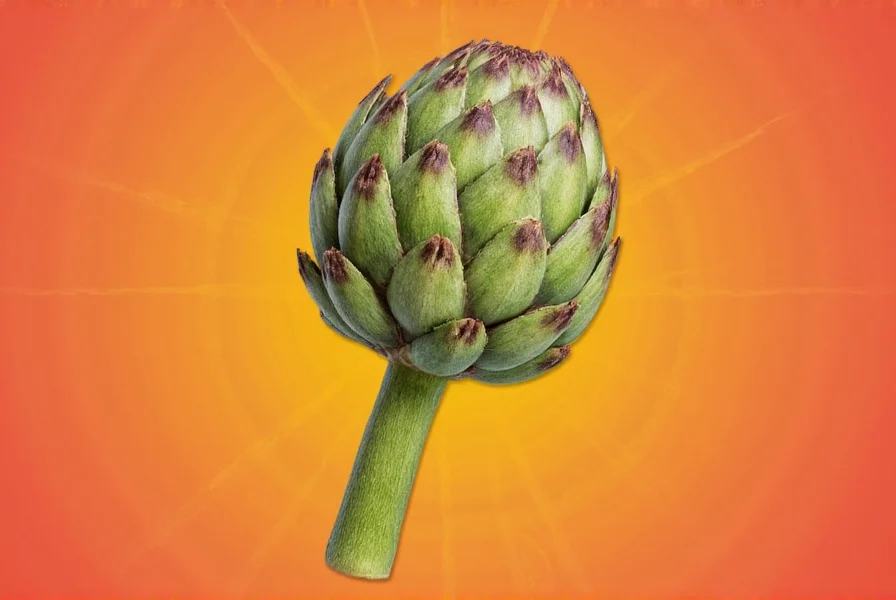Table of Contents
What is Artichoke Called in Spanish?
The Spanish word for artichoke is alcachofa (pronounced ahl-kah-CHO-fah). This term is universally recognized across all Spanish-speaking countries and refers specifically to the globe artichoke (Cynara cardunculus var. scolymus), the edible vegetable commonly used in cooking.

Unlike English, which uses "artichoke," Spanish consistently uses alcachofa regardless of regional variations. This term appears in menus, grocery stores, and recipes throughout Spain, Latin America, and other Spanish-speaking regions. The word originates from the Arabic "al-kharsūf," reflecting historical Moorish influence on Spanish language and cuisine.
How to Pronounce Alcachofa
Proper pronunciation is essential for clear communication. Break down "alcachofa" as follows:
- al - sounds like "all" in English
- ca - "kah" (like "car" without the "r")
- cho - "CHO" (stressed syllable, like "chocolate" but with "ch" as in "chair")
- fa - "fah" (like "father")
Listen to native speakers: Forvo Pronunciation Guide
Common Uses of Alcachofa in Spanish Cuisine
While alcachofa is primarily a culinary term, it appears in many traditional dishes. Here are key examples:
- Alcachofas a la plancha - Grilled artichokes with garlic and olive oil, popular in Spain
- Alcachofas rellenas - Stuffed artichokes with rice, herbs, and sometimes meat
- Gazpacho de alcachofa - Cold artichoke soup from Andalusia
- Alcachofas con jamón - Artichokes paired with Spanish cured ham
When shopping for alcachofa in Spanish-speaking countries, look for fresh, firm heads with tightly closed leaves. The term alcachofa romana is sometimes used to specify globe artichokes (as opposed to Jerusalem artichokes, called topinambur).
Frequently Asked Questions About Alcachofa
Is "alcachofa" used in all Spanish-speaking countries?
Yes, "alcachofa" is the standard term used in all Spanish-speaking regions. However, in some Latin American countries like Mexico, you might hear "alcachofa romana" to distinguish globe artichokes from Jerusalem artichokes (topinambur).
Can I use "alcachofa" when ordering food in Spain?
Absolutely. "Alcachofa" is universally understood in Spanish restaurants. For example, "Quisiera alcachofas a la plancha" means "I'd like grilled artichokes."
What's the difference between "alcachofa" and "cardo"?
"Cardo" refers to thistle plants, not artichokes. While artichokes belong to the thistle family, "cardo" specifically means "thistle" in Spanish and is not used for edible artichokes.
Are artichoke hearts called something different in Spanish?
No. "Corazón de alcachofa" means "artichoke heart" in Spanish. This term is used consistently across all Spanish-speaking regions.










 浙公网安备
33010002000092号
浙公网安备
33010002000092号 浙B2-20120091-4
浙B2-20120091-4